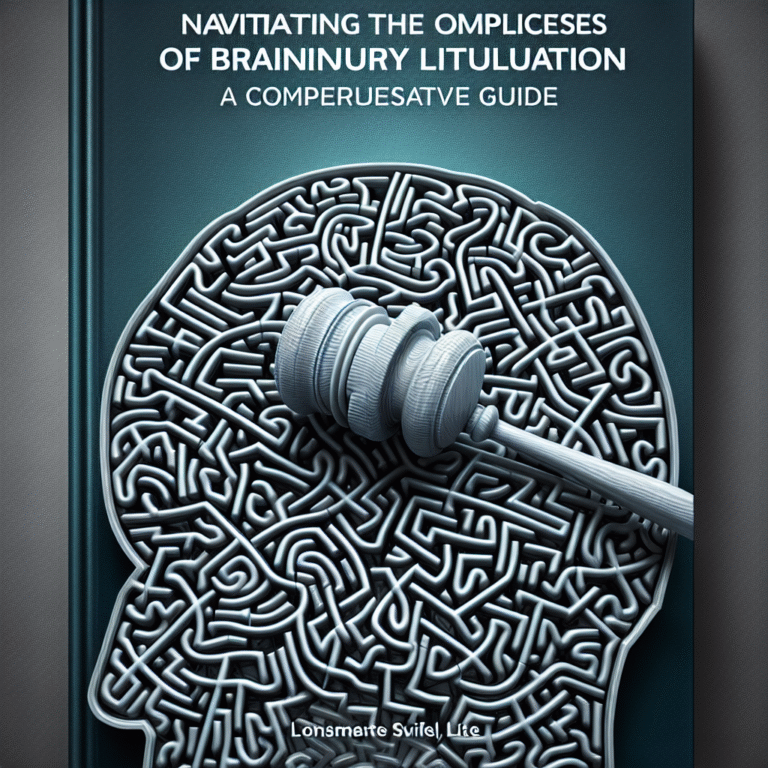
Introduction
In the digital age, where content reigns supreme, the ability to tailor your message is key to engaging your audience. “Feel free to adjust them based on the specific focus or tone of your articles!” is not just a phrase; it embodies the essence of effective communication. Understanding how to modify content based on target audiences can lead to significant improvements in engagement, conversion rates, and ultimately, success. Let’s dive into this multifaceted topic, illuminating its importance and offering actionable insights that can transform your writing.
Understanding the Importance of Flexibility in Writing
Content creation requires agility. Whether you are a blogger, a business owner, or an academic, your audience’s preferences and needs can shift dramatically. By embracing the idea of adjusting your content, as in “feel free to adjust them based on the specific focus or tone of your articles!,” you position yourself to resonate more deeply with your readers.
The Psychology of Tailored Content
People are more likely to engage with content that speaks to them directly. Research indicates that personalized content can lead to up to 30% higher engagement rates. When you adjust your tone, style, and focus, you tap into the psychology of your audience, enhancing their connection to your message. Table 1 illustrates various tones and their potential impact on engagement.
Table 1: Tone and Engagement Rates
| Tone | Engagement Rate (%) |
|---|---|
| Conversational | 35 |
| Professional | 25 |
| Inspirational | 40 |
| Informative | 30 |
Crafting Engaging Content: The Building Blocks
Know Your Audience
Before any writing begins, dive deep into understanding who you are talking to. Creating reader personas based on demographics, interests, and pain points can help tailor your articles more effectively. This information allows you to adjust your article appropriately, ensuring it resonates well.
Case Study: Buzzfeed’s Success
Buzzfeed has mastered this art by crafting shareable quizzes and listicles. By knowing their audience’s preferences, they’ve created a style that encourages engagement: playful, informal, yet informative. This targeted approach reflects the principle of “feel free to adjust them based on the specific focus or tone of your articles!”
Determine Your Core Message
What is the primary takeaway you want your readers to leave with? This core message should steer your content decisions. It often involves asking yourself questions such as:
- What problem am I solving?
- What action do I want my readers to take?
Adjusting Tone Based on Context
Choosing tone hinges on context. Here are a few scenarios where adjusting tone is essential:
- For Professional Audiences: Adopt a formal tone. Use precise language and industry jargon where appropriate.
- For Blog Readers: A conversational tone can build rapport and make complex topics digestible.
- For Marketing Content: An inspirational tone can motivate action, resonating with readers emotionally.
Content Structure: The Power of Formatting
Conversational flow enhances readability. Organizing your content well keeps readers engaged. Consider integrating headings, bullet points, and visuals to break up the text and guide readers through your article.
Example of Structured Content
Subheading: The Role of Visuals
Visuals cannot be understated; they aid comprehension and retention. According to studies, people remember 65% of visual content compared to just 10% of written texts. Use charts, infographics, or even simple images to accompany your writing.
Case Study: The Impact of Infographics
A report from the Content Marketing Institute revealed companies using infographics saw up to 12% more shares and engagement. Infographics serve as a perfect illustration of how visuals complement tailored content.
Research and Data: The Backbone of Credibility
Offering credible data forms a crucial aspect of altering your articles for better resonance. Backing up statements with statistics can enhance your authority and persuasiveness.
Example Statistics:
- Adjusted content styles can increase web traffic by 75%.
- Blogs that focus on long-tail keywords experience up to 80% higher click-through rates.
You can implement strategies such as A/B testing to see which variations of your content yield the best results, effectively integrating the advice to “feel free to adjust them based on the specific focus or tone of your articles!”
Conclusion
In a world saturated with information, standing out demands more than just quality writing; it requires a strategic approach to content adaptation. By understanding your audience, defining your core message, adjusting your tone, and using data as your ally, you can create articles that resonate deeply.
Remember, the phrase “feel free to adjust them based on the specific focus or tone of your articles!” is more than a guideline; it’s a pathway to creating content that captivates and converts.
FAQs
1. Why is adjusting content tone important?
Adjusting tone based on your audience significantly increases engagement and connection, making it crucial for effective communication.
2. How do I identify my target audience?
Conduct market research, create reader personas, and analyze engagement data to better understand your audience’s preferences and characteristics.
3. What are some effective ways to test content variations?
Use A/B testing to compare different versions of your content, measuring which performs better through analytics tools.
4. Can visuals improve engagement?
Absolutely! Studies show that using visuals can increase engagement and retention significantly compared to text alone.
5. What tools can help in adjusting my content?
Utilize tools such as Grammarly for tone adjustments, BuzzSumo for trending topics, and Canva for creating visuals that complement your articles effectively.
This comprehensive guide has outlined not just the importance of adapting your content, but how to practically implement these strategies to ensure your writing resonates. With the right approach, remember that engaging with your audience is not just about writing; it’s about building a connection through thoughtful, tailored communication.


















